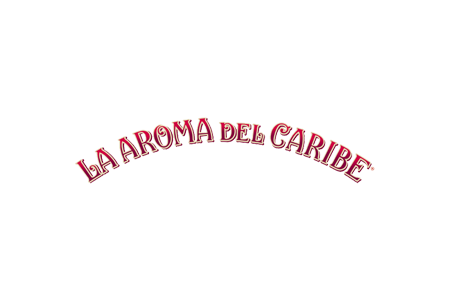Cigars are composed of three types of tobacco leaves, whose variations determine smoking and flavor characteristics:
Wrapper ( Spanish : capa )
It’s the most expensive component of a cigar. Wrapper determines much of the cigar’s character and flavor, and as such its color is often used to describe the cigar as a whole.
The wraps are the leaves that cover the outside of the cigar.
The leaves should be smooth, without large veins and shiny (oily) because they will be the final appearance of the cigar.
Binder ( Spanish : capote )
Binder leaf is typically the sun-saturated leaf from the top part of a tobacco plant and is selected for its elasticity and durability in the rolling process.
It’s also the foil that shapes the cigar by wrapping the tripe.
Filler ( Spanish : tripa )
The bulk of a cigar is “filler”—a bound bunch of tobacco leaves. The filler are the most important part of the cigar. It will give the majority of the aromas and taste of the cigar. Although the exterior appearance of the cigar determines its tasting, in other words the color and texture of the wrapper leaf will influence the judgment of the taster, however the tobacco leaves that make up the tripe represent the largest part of the cigar’s tobacco. Torcedor can use tobacco leaves from different countries, different regions or different soils… the idea being to find the desired taste and aromas.
The filler, or tripa, is a blend of three different kinds of tobacco leaf – depending on where they come from on the tobacco plant.
Ligero – the top leaves
These are slow-burning leaves placed in the middle of the cigar, they receive the most sunlight and therefore being the strongest in flavour. These leaves are aged for a minimum of two years before being used.
Seco – the middle leaves
Medium strength, these are lighter in colour and used for aroma. They are aged for 12 to 18 months before being used.
Volado – the bottom leaves
Receiving the least light these leaves impart little flavour but burn best and are included to make sure your cigar doesn’t go out. They are aged for at least nine months before being used.















































